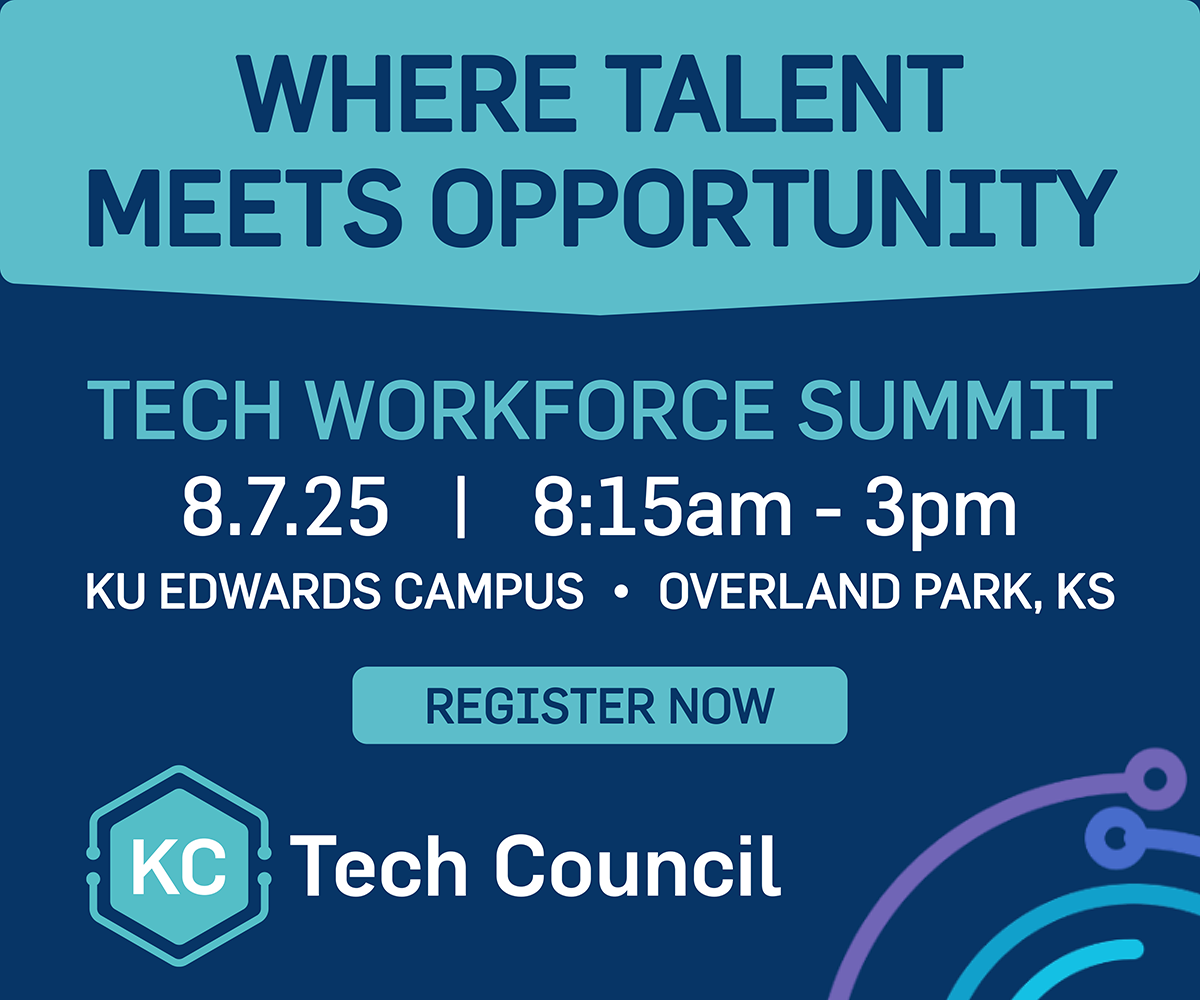As the job market shifts in a post-pandemic world, an Overland Park company reports virtual training options and changes in coastal employer mindsets have opened access for women in tech like never before.
“COVID created a situation where working from home has become a long-term solution, leading to more opportunities for the Midwest [talent overall],” said Neelima Parasker, CEO and founder of SnapIT Solutions, noting some companies pay as much as 50 percent more to employees on the coasts.
When Parasker’s tech company — which specializes in minimum viable product build outs, workforce development for programmers and other specialized capabilities — switched its training from in-person to virtual because of the pandemic, the number of female students hoping to capture those jobs doubled: rising from about 30 percent of students to about 60 percent.
“I was really excited about that increase,” Parasker shared. “It makes sense because they don’t have to leave their child at a daycare to go to a class. We give every student a laptop and access to the internet. Being remote really removed a lot more barriers; so we’d love to keep our training online, even post-COVID.”
SnapIT is now expanding its workforce development program to include multiple states, such as Oklahoma, Colorado, Wisconsin and Michigan, Parasker said — noting the company grew by 108 percent in 2020.
Keep reading after the video.
Future of work
Increased access for women in tech is likely just one impact of pandemic on workplaces and hiring, Parasker said, detailing the outcomes of the company’s “Future of Work Summit” in late March.
Tech employers and SnapIT students gathered virtually to discuss the current state of the job market and what employers are looking for in new hires, she said, pointing to notable appearances by Mayor Quinton Lucas and Lieutenant Governor of Kansas David Toland during the event.
“We wanted it to be much more than cold-connecting employers to students,” Parasker said. “Employers had panel discussions on relevant topics and every day we set aside separate sessions after a discussion, so the students could directly interact with the employer.”
Click here to watch recap videos from SnapIT’s Future of Work Summit.
A federal CARES Act grant awarded to SnapIT Solutions in 2020 to train 250 Kansans in various tech programs allowed SnapIT to host the summit, Parasker noted. The event was powered by The Digital Economist — an organization geared toward global sustainable goals.
Along with the virtual sessions, The Digital Economist partnered with SnapIT to create a “Shaping the Future of Work” report. The report looks at SnapIT’s accomplishments as well as the steps that need to be taken to close the technology talent gap, Parasker explained.
“We found it to be a good partnership,” Parasker said. “We brought them into the mix of creating this report as a third party coming in and asking, ‘What have you done? Show us the data.’ So they were the ones who started this report and used our past experience to generate it.”
Click here to check out the Shaping the Future of Work report.
Keep reading after the video.
Examining impact
The ultimate goal of the summit and report was to show employers that new tech talent is coming from unique and unconventional backgrounds, Parasker said.
“The message I want to bring across with this is: SnapIT is doing the work to remove as much of the burden on enterprises as possible [when it comes to hiring and training] by reworking their strategy in finding talent,” Parasker shared, noting that SnapIT can help such companies on how to train talent from various backgrounds.
With the feedback from the Future of Work summit being overwhelmingly positive, Parasker is committed to continuing the summit next year, she said.
“Nationally, I want to expand this [summit], so that more and more employers can see that there are other ways to find talent, not just through university recruitment,” she said. “We have data from the summit that definitely proves this is a good, valid investment. Hopefully, we will have more partners joining to make it bigger.”
Future reports would only follow if a significant impact from the report is seen, Parasker said — explaining that it takes multiple months and resources to finalize the work.
“People loved that we’ve created a report, but I want to see the actions that people are taking based on this report,” she shared. “Did it actually help encourage them to create an apprenticeship or internship program?”
This story is possible thanks to support from the Ewing Marion Kauffman Foundation, a private, nonpartisan foundation that works together with communities in education and entrepreneurship to create uncommon solutions and empower people to shape their futures and be successful.
For more information, visit www.kauffman.org and connect at www.twitter.com/kauffmanfdn and www.facebook.com/kauffmanfdn






































